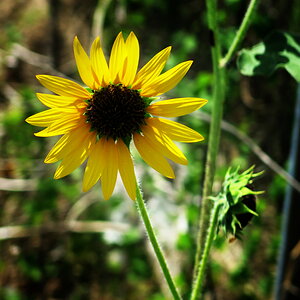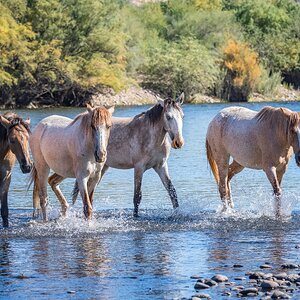gryffinwings
No longer a newbie, moving up!
- Joined
- Apr 28, 2012
- Messages
- 553
- Reaction score
- 48
- Location
- San Diego, CA
- Can others edit my Photos
- Photos NOT OK to edit
I've been wondering about lens filters, to see if I can improve my knowledge and possibly create better pictures. So far I've been basically using UV filters, even though I'm not even sure what benefit they provide:
So I know of these:
Clear Filters - Don't do any except protect the lens as far as I know
UV Filters - Filter UV, not sure what effect these have on them.
CPL - I think these get rid of non-metallic reflection. I'm not sure what that means. Would it be a good idea to stack with a UV filter?
Other than that, I don't know what else there is for filters to use and what uses they would have.
So I know of these:
Clear Filters - Don't do any except protect the lens as far as I know
UV Filters - Filter UV, not sure what effect these have on them.
CPL - I think these get rid of non-metallic reflection. I'm not sure what that means. Would it be a good idea to stack with a UV filter?
Other than that, I don't know what else there is for filters to use and what uses they would have.


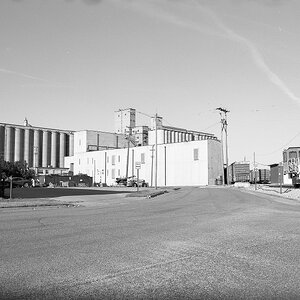
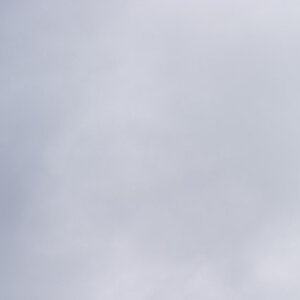
![[No title]](/data/xfmg/thumbnail/37/37413-e579e9da185db973d8cb34300b9f0eb9.jpg?1619738059)
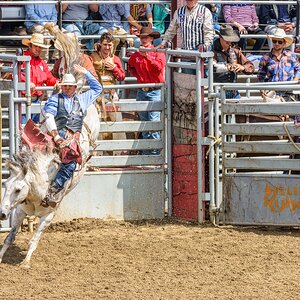
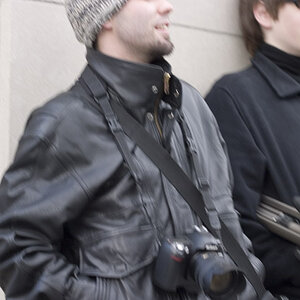
![[No title]](/data/xfmg/thumbnail/33/33029-f4556b4c89cecbad12ebe6b782a51ef5.jpg?1619735843)
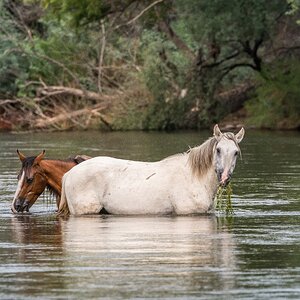
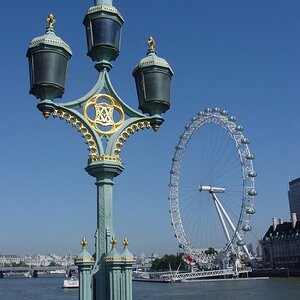
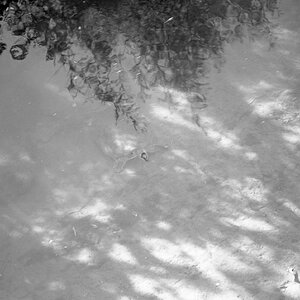
![[No title]](/data/xfmg/thumbnail/32/32926-ec27ecead8c80d803404500d8f888dbf.jpg?1619735754)
